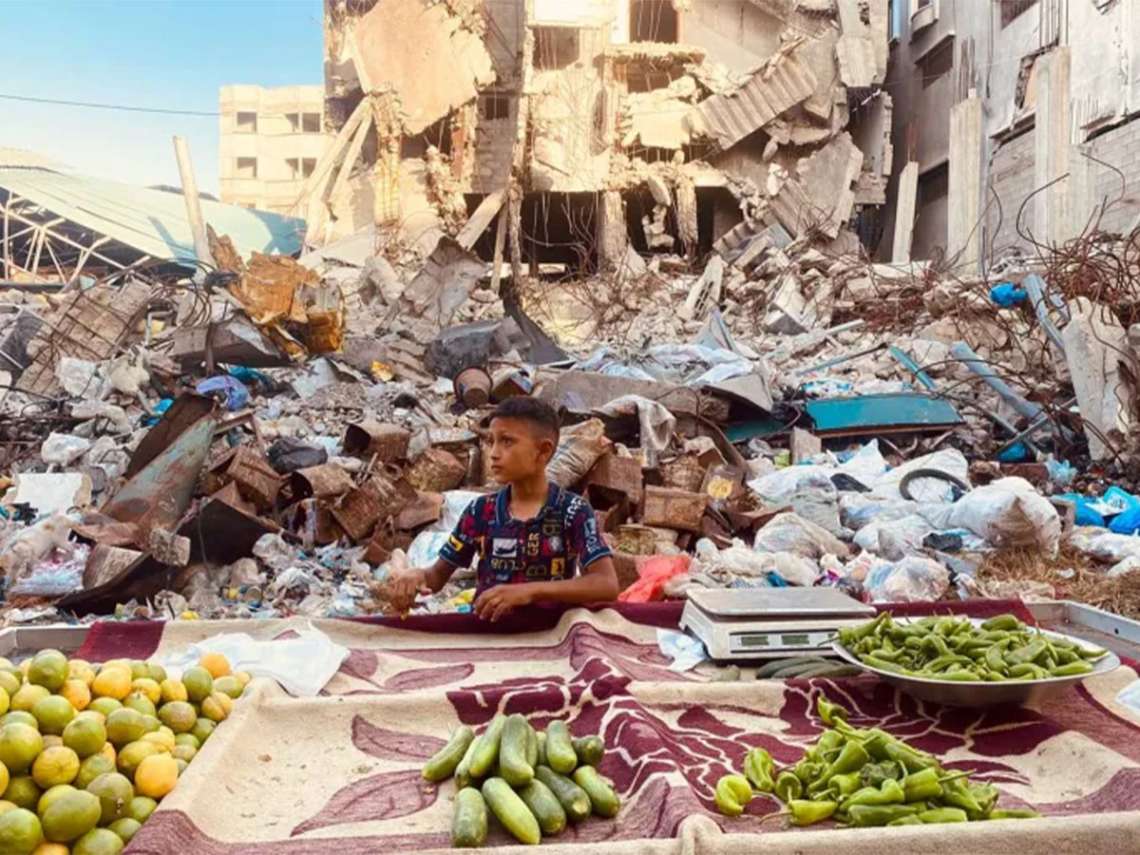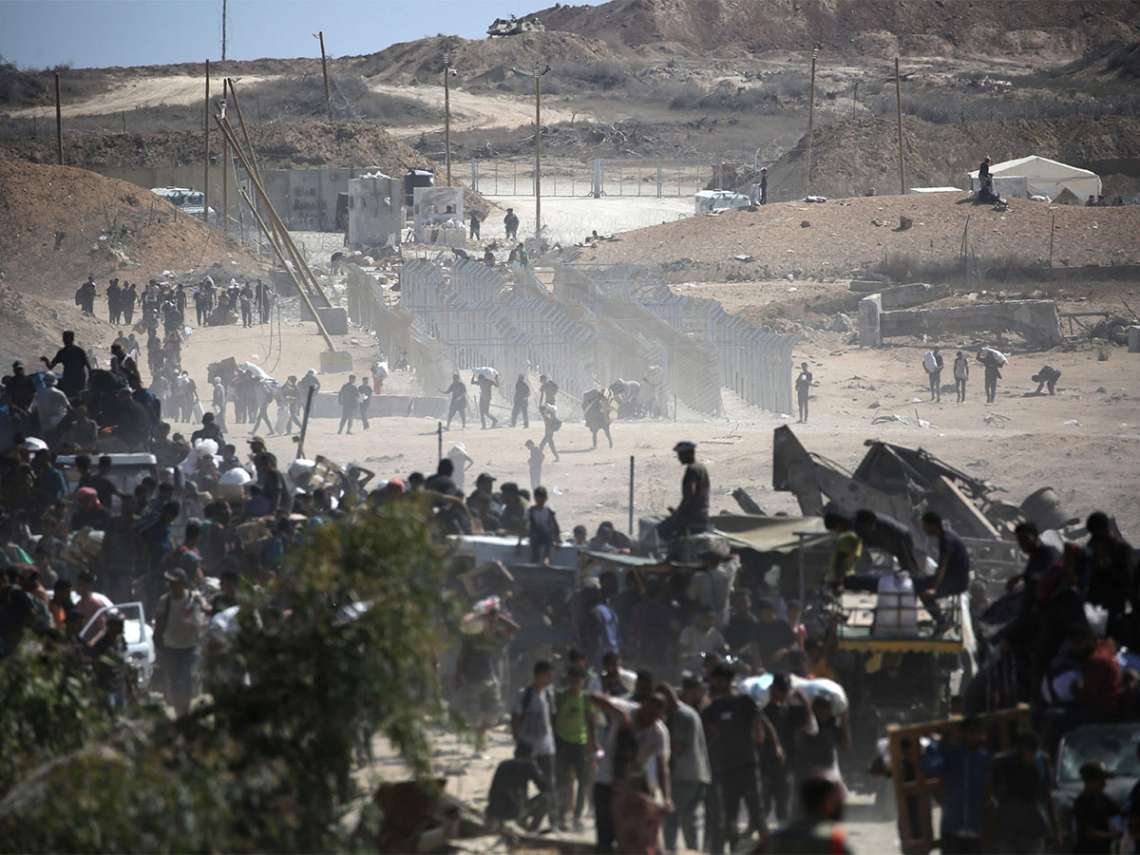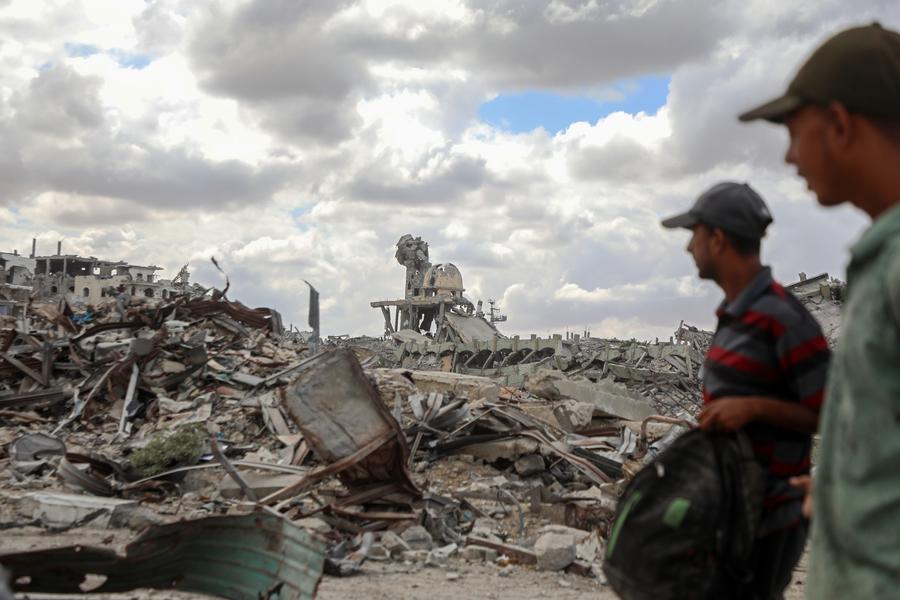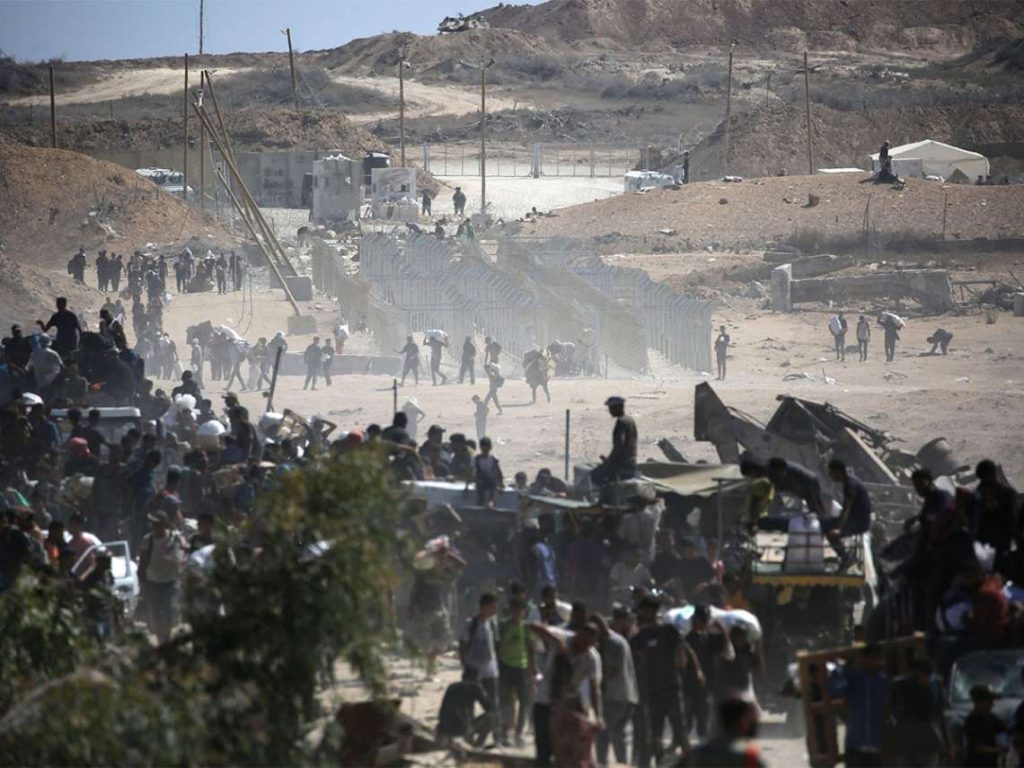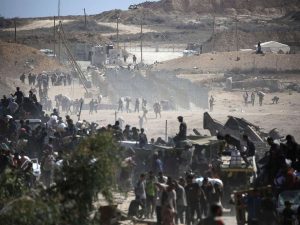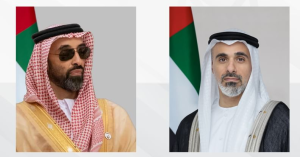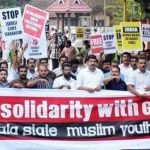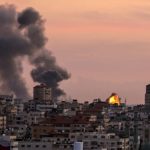Today, Gaza’s markets seem to awaken from beneath the ruins. Partially destroyed shops opened their doors amid streets littered with debris, while merchants attempt to arrange what remains of their goods on worn tables, hoping to attract customers exhausted by poverty and soaring prices…reports Asian Lite News
As the echoes of artillery subsided and the dust of war lifted from Gaza’s skies, over two million Palestinians began the arduous journey of reclaiming the breath of life, following months of systematic killing, starvation, and destruction of all basic living foundations.
The recent Israeli war spared no corner of Gaza, its firepower devastated infrastructure, halted economic activity, and turned homes and shops into silent rubble, leaving residents grappling with harsh realities that test their resilience amid unhealed wounds.
With the initial days of the ceasefire, life began to stir slowly and unevenly in Gaza’s markets that had remained empty of people and goods during the aggression, after commercial crossings were closed and the Israeli occupation blocked the flow of food and essential supplies.
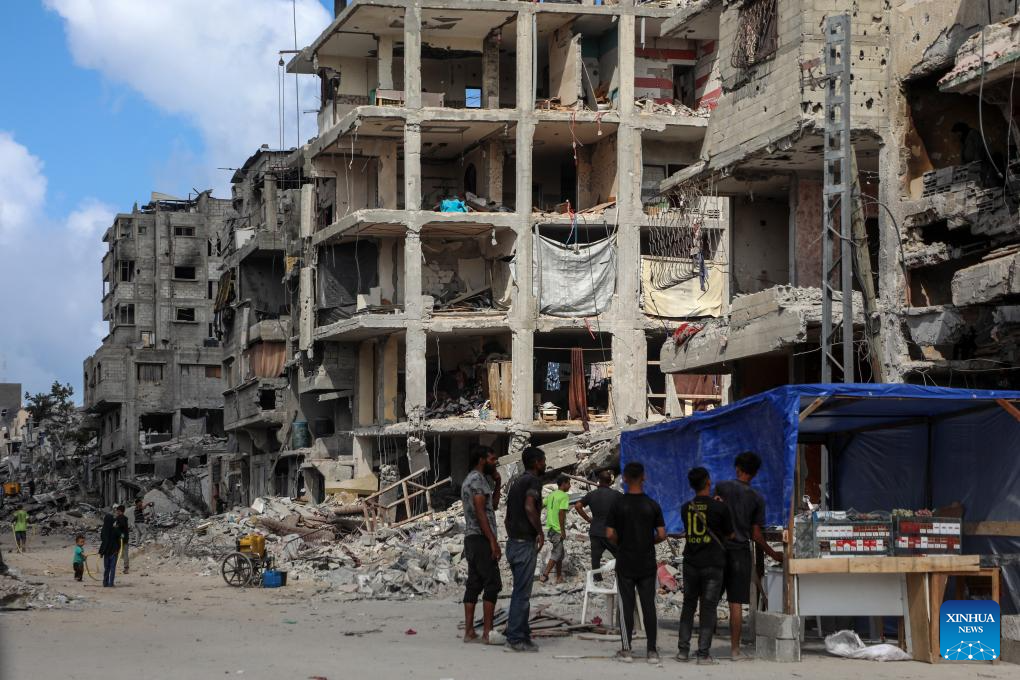
As the shelling ceased and some displaced families began to return, tentative attempts at economic recovery emerged, yet they face immense obstacles due to the ongoing Israeli blockade and restrictions on merchandise movement.
Today, Gaza’s markets seem to awaken from beneath the ruins. Partially destroyed shops opened their doors amid streets littered with debris, while merchants attempt to arrange what remains of their goods on worn tables, hoping to attract customers exhausted by poverty and soaring prices.
Although some essential goods gradually returned to markets, most Palestinian families continue to struggle to meet daily needs due to skyrocketed prices, low income, and lack of liquidity.
The war’s flames destroyed everything sustaining Gazans’ livelihoods, thousands of shops shuttered, small factories brough to standstill, and purchasing power fell to unprecedented levels. Even after the ceasefire, suffering remains etched on citizens’ faces, who endure daily struggles for a basic meal while standing in long queues for limited aid that barely covers their needs.
Qatari News Agency (QNA) toured central and local markets where the scene reflected a mix of hope and pain, some shops resumed operations after owners repaired what could be salvaged, while others remained closed, consumed by destruction or deprived of financial sources.
Items previously absent during the war, vegetables, certain fruits, legumes, canned goods, and staples such as rice, oil, sugar, flour, and cleaning materials, began pouring into markets.
Yet prices remain high compared to pre-war levels, having surged to dozens of times their original value during the aggression. Fresh and frozen meats, dairy, and eggs remain scarce due to continued Israeli restrictions that limit their entry in sufficient quantities.
Khaled Abu Mar’a, a food trader in Khan Yunis, said the markets witnessed some kind of relative recovery after the war’s end, though still far from the minimum required to restart the local economy.
People tried to bring in essential goods through commercial crossings immediately after the ceasefire took effect, but the Israeli occupation still prevents the entry of meat, dairy, eggs, and milk in normal quantities. Only extremely limited amounts reached the enclave, which sustained high prices and made it difficult for citizens to meet daily needs, Abu Mar’a told QNA.
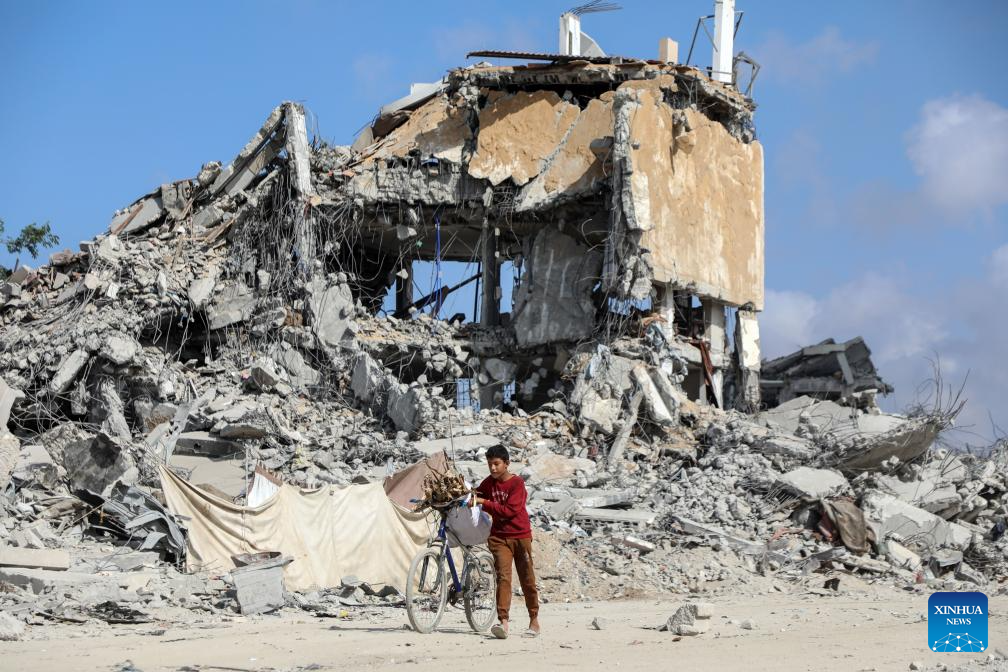
He affirmed that people come to the markets with hope, but leave empty-handed, shocked by prices. Today, the citizen must choose between buying a little food or saving remaining money for medicine or cooking fuel.
In the popular market of Deir Al Balah, the elderly Aliyan Faris walks with heavy steps, inspecting bags of grains and loaves of bread in small shops partially reopened, attempting to purchase some food for his grandchildren who lost their father during the war. Yet, he ultimately returns empty-handed, as soaring prices and scarce funds have made acquiring basic necessities nearly impossible.
During the war, Gazans lived almost without food, dreaming of a single loaf of bread. After the shelling ceased, they hoped things would improve, but the reality has changed little, Faris told QNA.
Faris added that he lost his job, his source of income, and his shop that once supported his family. Today, he survives on aid, which is hardly sufficient.
Faris’s story mirrors that of thousands of Gazan families who encountered the same fate. Many live in tents or partially destroyed houses, struggling to endure poverty, hunger, and cold, while no real signs of economic recovery are evident.
Despite the ceasefire, the Israeli occupation persistently blocks the entry of aid into Gaza.
Director of the Government Media Office in the Gaza Strip, Dr. Ismail Al Thawabta, emphasized that since the ceasefire took effect, only 1,000 humanitarian aid trucks have entered the Strip out of 6,600 agreed upon.
The average number of trucks entering daily does not exceed 89, out of 600 that should enter regularly, reflecting the ongoing strangulation and starvation policy imposed on over two million Palestinians in the embattled Strip, he tells QNA.
He highlighted that these quantities are insufficient by far, underlining the urgent requirement for a steady flow of aid, including food, medical, and relief supplies, as well as fuel and cooking gas to maintain essential services such as water, electricity, and health.
Economist Ahmed Abu Qamar stated that economic data indicate only 15 percent of the enclave’s actual market needs have been met since the war began, highlighting the depth of the crisis and the occupation’s persistent economic trickle as a tool of collective pressure.
Aid trucks roll into the enclave in dribs and drabs, literally in the dozens, far below the 600 trucks required to meet basic needs. This substantial gap has caused severe price fluctuations, supply disruptions, and made the local market hostage to political and field dynamics, Abu Qamar added.
He noted that the recent slight decline in some prices has not materially improved living standards, with poverty exceeding 90 percent and unemployment reaching around 83 percent, among the highest globally.
The partial closure of crossings and delays in aid delivery continue to impede any chance of Gaza’s economic recovery, which reels from structural distortion due to the blockade and repeated wars.
In a recent report, the Palestinian Central Bureau of Statistics confirmed that Gaza has been mired in a maelstrom of unprecedented unemployment two years after the Israeli war. During the onslaught, unemployment exceeded 80 percent, driving the number of jobless to record levels and deepening the social and humanitarian crisis.
The report highlighted that the war decimated Gaza’s economic infrastructure almost entirely, where factories and production facilities ceased operations, and transport, communication, and energy networks were damaged, making the resumption of economic life extremely difficult.
Despite weeks passing since the ceasefire, Gaza continues to endure the consequences of an unfinished war: destruction remains evident, the economy paralyzed, and Gazans struggle to survive amid hunger, blockade, and a lack of prospects.
Today, Gazans attempt to rise from beneath the rubble with bare hands and hearts heavy with hope, aware that the road to recovery remains long and arduous as long as Israel persists in its policies of economic strangulation and deprivation.
In Gaza, the war may have ended militarily, but it continues to rage in daily life, where people struggle each morning to prove that life can emerge even from the ashes. (QNA)

